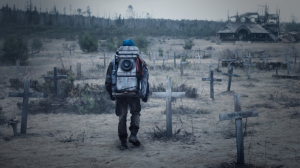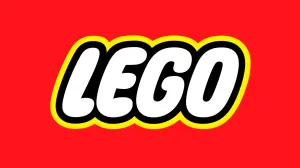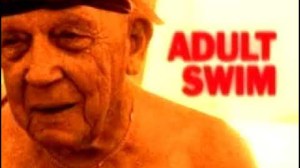There are many challenges a producer has when creating a live-action adaptation derived from a manga or anime. One challenge is the fact that these anime usually have hundreds of episodes, which need to be condensed into a two-hour film. This makes it difficult for directors who need to show their characters develop, at a much faster rate than what they did in the original series.
Videos by ComicBook.com
In addition, Netflix’s Death Note will have a number of screaming anime fans who have fallen in love with the original series, criticising the film at almost every opportunity. Most anime inspired live-action films have not done well, with Attack on Titan and Dragon Ball Evolution being the prime examples this, which further raises doubts about the Netflix film.
In order to make the live-action film work, instead of trying to fit a 37-episode and 12 volume series into one movie, director Adam Wingard had to make some small changes to his version of Death Note.
“We wanted to make sure that in the U.S. side, we wanted to make sure we give character arcs, or journey, to our characters. This is kind of their own origin story, whereas in the manga, first of all you have 12 volumes to see that growth. And we have to put that in a two-hour visual medium. And also, the characters (in the manga) immediately heed that call. They already start out where kind of the movie ends- where Light sends in the movie. So we had to give the characters a point to start, and give them a journey for growth,” said Death Note’s producer Masi Oka in an interview with LRM recently.

Netflix’s live-action version of Death Note will be released on Netflix and available for streaming from August 25th. Japanese manga illustrator Tsugumi Ohba’s originally created Death Note, which has also inspired an animated series, a number of animated films, a Japanese live-action adaptation and several games, since its release in Shueisha’s manga magazine Weekly Shonen Jump in 2003.








